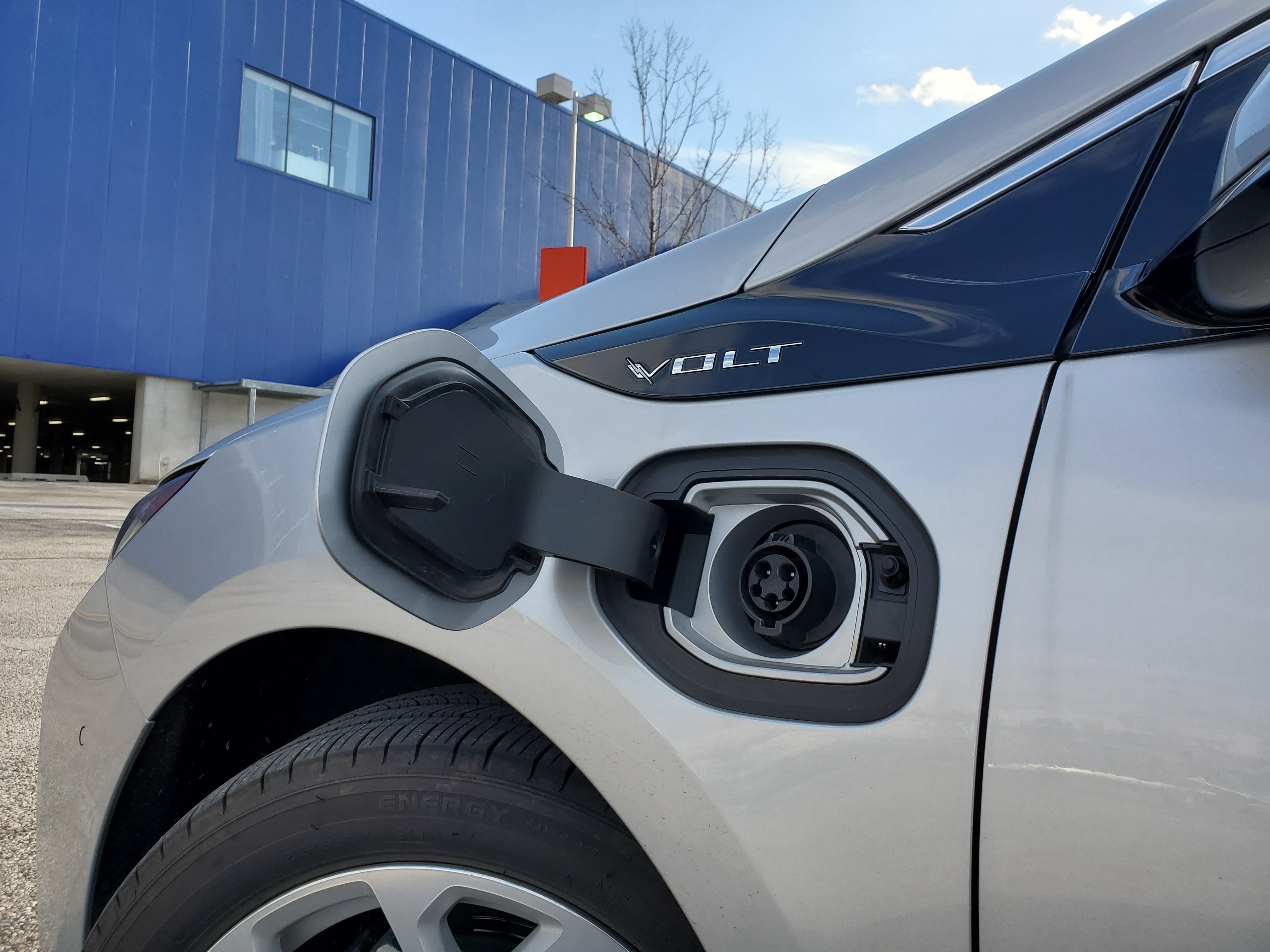
The original Volt was developed in the late 2000s and debuted to the public in 2010, coming out just in time for the economy-minded cultural landscape of the post-Great Recession world. The second generation Prius had already established a bridgehead for hybrids, with its funky Kammback styling and futuristic UI design: Though the Prius was (and still is) divisive, its impact was significant: It made hybrids mainstream. Unlike the EV1 of the 1990s, the Volt did not emerge into a vacuum. Instead, it came into a world where hybrids were becoming more widespread, where fuel economy was something to brag about, and where EVs were just starting to enter the mass market. In the days of the first generation Volt, hybrids were as much a fashion statement as a financial choice: Maynard writes for the New York Times in 2007 that the Toyota Prius grew in popularity in those years specifically because it was guaranteed to be seen as a hybrid. This may well illuminate why the second-generation Prius became so much more iconic than the first generation: While the first generation was little different from a hybrid Echo, the second generation, with its Kammback form factor, looked and felt different. It was the first car that was a hybrid in spirit, rather than in body. Maynard writes that owning a Prius in those halcyon days was a statement of one's concern for climate change and the environment. The phenomenon of the Prius even made it as far as the celebrity scene as well. That combination of distinctive styling, unique technology, and outstanding fuel economy to boot proved to be a winning recipe. General Motors answered the demand for hybrids with mild hybrid cars and hybrid technology-equipped trucks, but with both of these approaches obviously offering limited fuel economy improvments, the Volt ended up being their first seriously fuel-economy oriented model. For this, however, GM pulled out all the stops.
What is it like?
Broadly speaking, the Volt drew pretty standard stuff from the 2000s-early 2010s hybrid playbook: Kammback body plan, battery under the rear seat (and down the center of the cabin, preventing a fifth seat), futuristic interior styling, and a tiny 1.4L engine paired up with the hybrid drivetrain. For the second generation, however things got a little more conventional. For the second generation, cabin infotainment systems as well as gauge cluster multifunction displays were becoming standard in higher-value cars, as were more creative aerodynamic shapes. As such, the new Volt would have looked more conventional even without any updates.
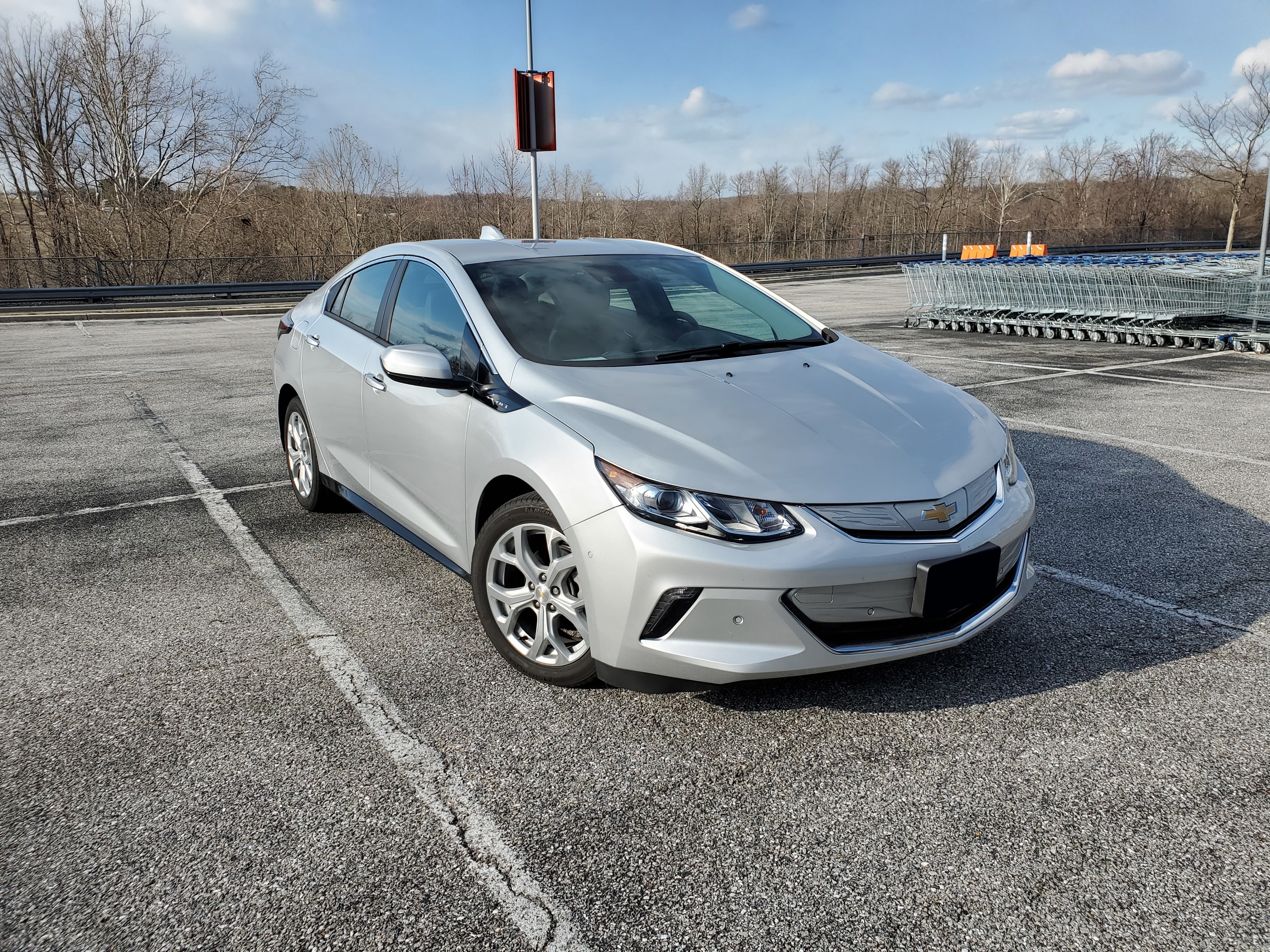

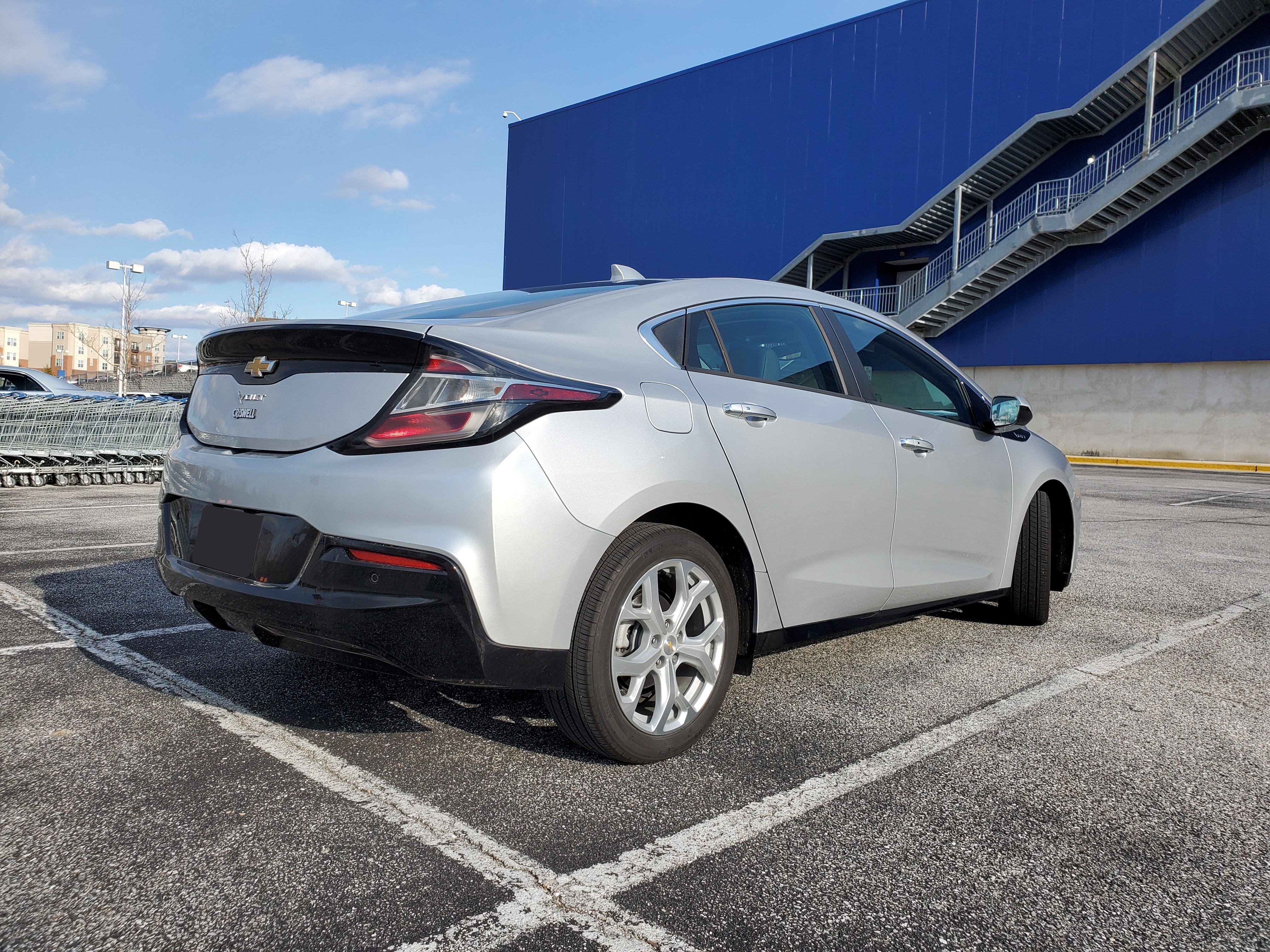

That said, GM changed the interior styling, as well as adding a more convenional, Cruze-like rear end, and a misbegotten center seat for the rear, whose occupant must straddle the battery tunnel. The interior lost the sleek, monolithic center console of the first generation, and adopted GM's new curvy, rental-friendly design language. That said, the interior is generally comfortable, with an easy to navigate center console. It does not stand out stylistically, but this may well be purposeful: With the Volt becoming more stylistically similar to its stablemates, its status as a plug in hybrid (extended range EV?) becomes normalized. The Volt has left the honeymoon era of hybrids, where hybrid cars were cool, and stylish, and the wave of the future. Instead, the Volt has reduced hybrid cars to the banal, the everyday default, where the presence of a traction battery and charging port are not remarkable, they are simply to be expected.



Now, this isn't to say that the Volt pretends to be a "normal" car entirely: It retains the self-satisfied styling touches of a hybrid, like a shift knob capped in clear blue, or a glowing blue start button, or a Star Trek-like gauge cluster that displays battery and fuel tank capacity (I'm surprised it doesn't call it "propellant" or "reaction mass"...) in glowing vials, or, most notably, a silver solid grille that echoes the appearance of the Cruze (RIP) while ostensibly reducing highway drag. The Volt is still the Volt, it's just a little more "Chevy" and a little less "EV1" now.
For all its imaginative styling, the interior feels economy-car normal. The seats are soft and supportive all around, particularly in the rear (with the exception of that wretched center seat), and the controls generally feel fine. The only material choice worth comment is that of the steering wheel thumb buttons: They are all mounted behind a solid sheet of rubber, and they feel like trying to change the channel on your uncle's decade-old, potato chip oil-encrusted DirecTV remote. Sensory nostalgia aside, the center console buttons and knobs are all unremarkable and competent, as are the door and shifter cluster controls, but the touchscreen infotainment system stands out. It is quite bright, even in direct sunlight, and it is easy to use and responsive, and at no point does it feel like anything other than a logical addition to the media system. Its large size helps out particularly well when the reverse camera is active, as visibility out of the rear window is limited at best. Both the seats and steering wheel are heated, which helps out for commuting on cold mornings, when one wants warm hands without needing the engine active to run the heater core. The rest of the driver interface is similarly predictable: The steering wheel is plush, and the shifter's detents are stiff, but not overly so. The only driver interface design choices that caught me by surprise were the top-hinged accelerator pedal as well as the positioning of the electronic parking brake switch; typically cars like this seem to have foot-operated brakes to save console space.
Driving the Volt is also generally uncomplicated. Steering is responsive and predictable, and thankfully the power steering assistance is not overbearing, with the driver receiving better steering feel than most modern economy cars. Low speed steering is still low-effort however, and parking is easy. The Volt generally feels remarkably well-planted on the road, and it hugs bumps and curves confidently. Cracks and potholes are muffled effectively, but the driver retains some suspension road feel despite this. The Volt feels quite good cornering, though it is obviously no sports car: In normal, non-motorsport scenarios, the Volt will stolidly refuse to understeer or complain in corners. However, one is soon reminded where this confidence comes from: The Volt's hefty 3700 lb curb weight. Supporting that weight is, as typical with GM's other contemporary compacts, a pair of MacPherson struts up front, and a torsion beam in the rear. While the second-generaton Cruze got a Watt's linkage on the torsion beam trailing arms that helped laterally locate them, fighting some of the dynamical compromises of the torsion beam system, the Cruze does not implement this system, with that space instead being occupied with a rear underbody sheath. While this Watt's linkage would have made the Volt a more predictable car in hard corners, GM obviously felt that was unnecessary.
Bringing the considerable mass of the Volt to a halt is both a mechanical and regenerative braking system, with disc brakes all around. The regenerative braking is coupled both to the brake pedal and also to the Volt's best feature, a paddle behind the steering wheel. With this, one-pedal driving becomes feasible in most scenarios, as the regenerative-only brake effort commanded by the paddle is substantial, though at about 2mph the regenerative braking cuts out and the car instead crawls forward under electric power, emulating a torque converter automatic. The paddle makes driving the Volt more interesting and interactive, and gives the driver more options about their energy use and driving style: All hybrids should have this.

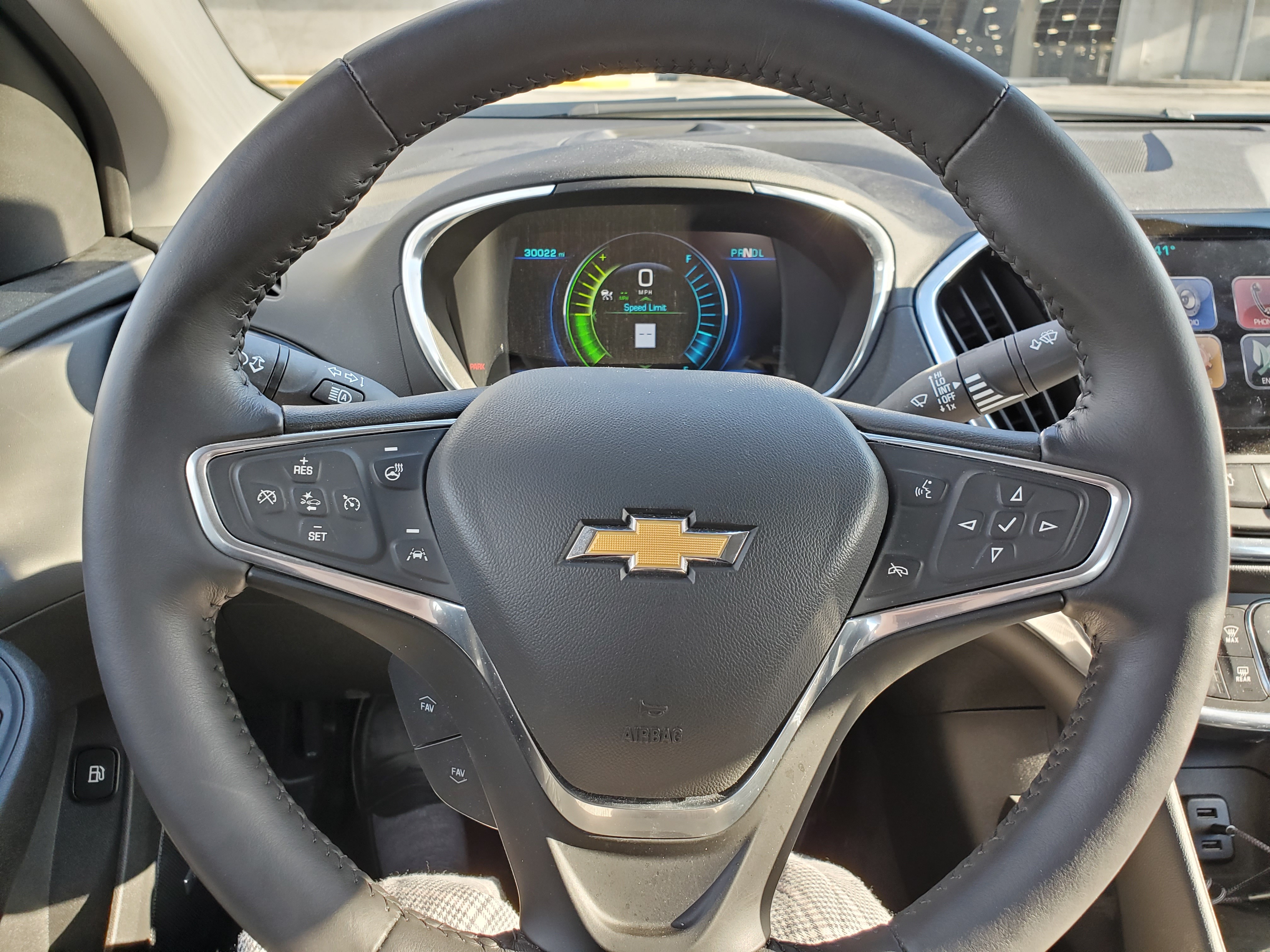
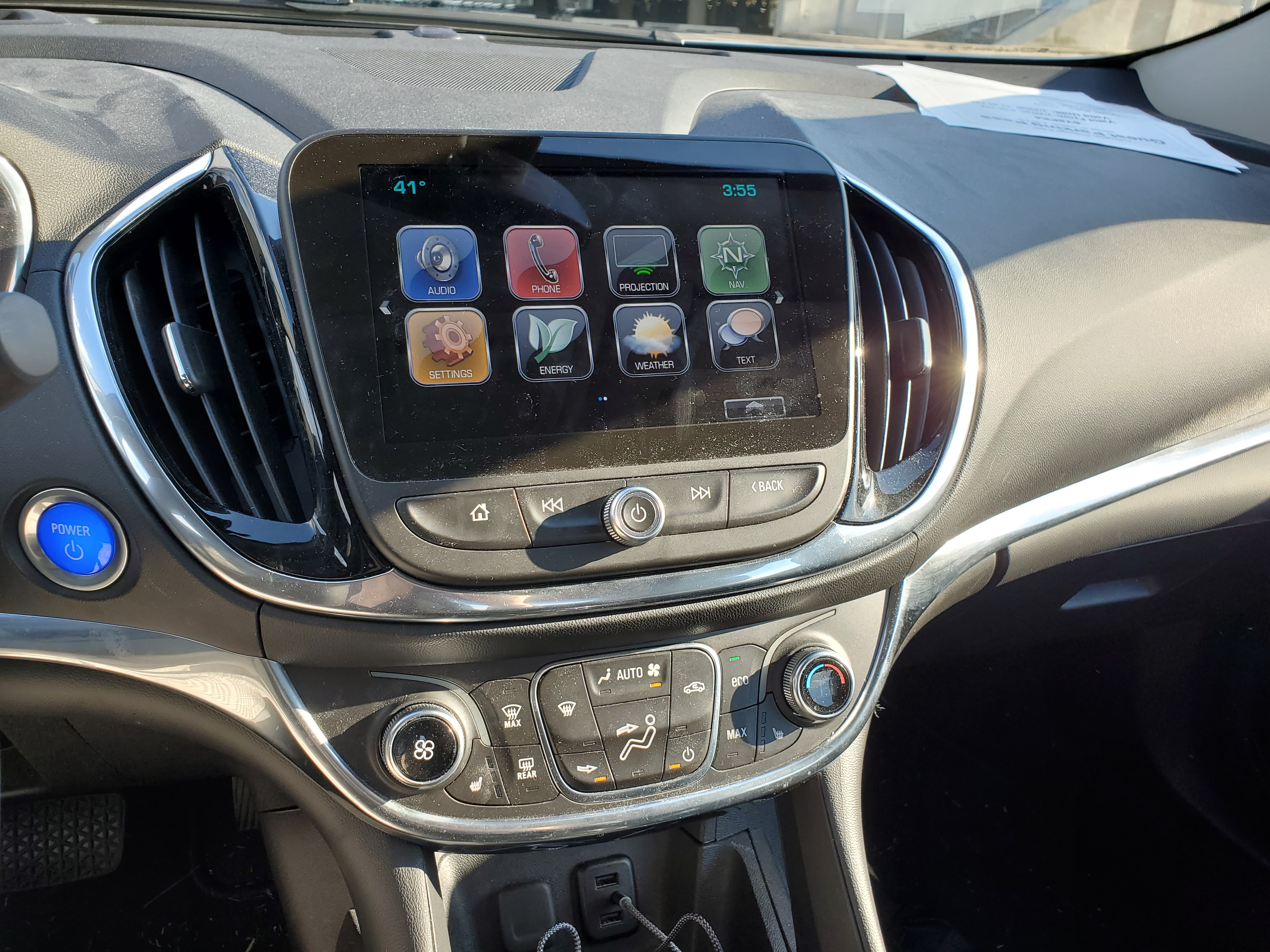

That energy gets used by an implementation of GM's innovative Voltec drivetrain, with two electric traction motors as well as a gasoline engine being coupled to the front wheels through a system of clutches and planetary gearsets. This drivetrain thusly has multiple propulsion modes that are automatically selected as a function of commanded power, speed, and battery capacity. It is difficult to comment on the behavior of the gasoline engine in particular, as it is buried within the complicated drivetrain control logic. However, the second generation Volt receives a 1.5L naturally aspirated four-cylinder which develops about 100hp on regular gas, unlike the first generation, with its 91 octane 1.4 liter. In general, torque delivery is extremely linear, extremely responsive, and surprisingly potent: Flooring the accelerator from a stop guarantees wheelspin, and passing other cars is as simple as putting one's foot down and watching in amazement as the Volt takes its jacket off and accelerates immediately. However, when the battery runs out and the car enters hybrid mode (and no, unlike Ford's hybrids, there is no way to instruct the Volt to save that traction power for later), the Volt becomes a little more sullen and bored, focusing more on charging the battery and sipping gas than making the driver smile.
The Volt soothes unsure drivers with lane keeping assist (whose assistance comes and goes unpredictably, when activated) as well as adaptive cruise control. Quite sensibly, GM has made these features entirely controlled from the steering wheel thumb buttons, rather than hiding them away in the panel outboard of the steering column, like many manufacturers like to. Infotainment functions and the reverse camera are also easy to use due to the large and bright screen, and in general, the Volt is a comfortable car to drive, with a driving experience that feels confident enough to make even the most dedicated SUV user comfortable. Unlike Toyota's Prius Prime, which sells the concept of an entire lifestyle, a 21st century adaptation of the American Dream, the Volt sells normalcy. With the Volt, one can move in to the 2020s physically without doing so emotionally: Your car still needs to see the pump (occasionally), and it still has a straightforward P-R-N-D-L shifter, and it still has a grille and doesn't take all night to charge, but at least you can commute, or drive to the store, or rip up an autocross course without burning gas. Unlike the EV1, which was a venture into the unknown, the Volt is a reprise of the past. With the Volt, you can look backwards while still moving into the future. Perhaps the Volt doesn't have competitive range, and perhaps it's not a real extended-range EV, and perhaps it's uncompetitive with other PHEVs in terms of capabilities. But at least your Chevy still looks like a Chevy. Paint the silver "grille" matte black and you won't be able to pick your Volt out from a lineup of its stablemates. With the Volt, GM does what they do best: Normalizing a design philosophy. The Cavalier Z24 made dingy sport compacts banal, the Corvette made European handling the de facto choice for retired trade school graduates, and the Malibu props up rental fleets across the world. If you want a daily driver, a good economy car, with a quiet ride, lots of space, and enough torque to peel the tread off the tires, get a Volt. PHEVs aren't special any longer.
References:
- Brzozowski, Aaron. 2015. "Secrets Of The 2016 Chevrolet Volt Transmission: Deep Dive, Pt. 1." GM Authority, 20 February 2015. https://gmauthority.com/blog/2015/02/secrets-of-the-2016-chevrolet-volt-transmission-deep-dive/
- Maynard, Micheline. 2007. "Say ‘Hybrid’ and Many People Will Hear ‘Prius’." The New York Times, 4 July 2007. https://www.nytimes.com/2007/07/04/business/04hybrid.html